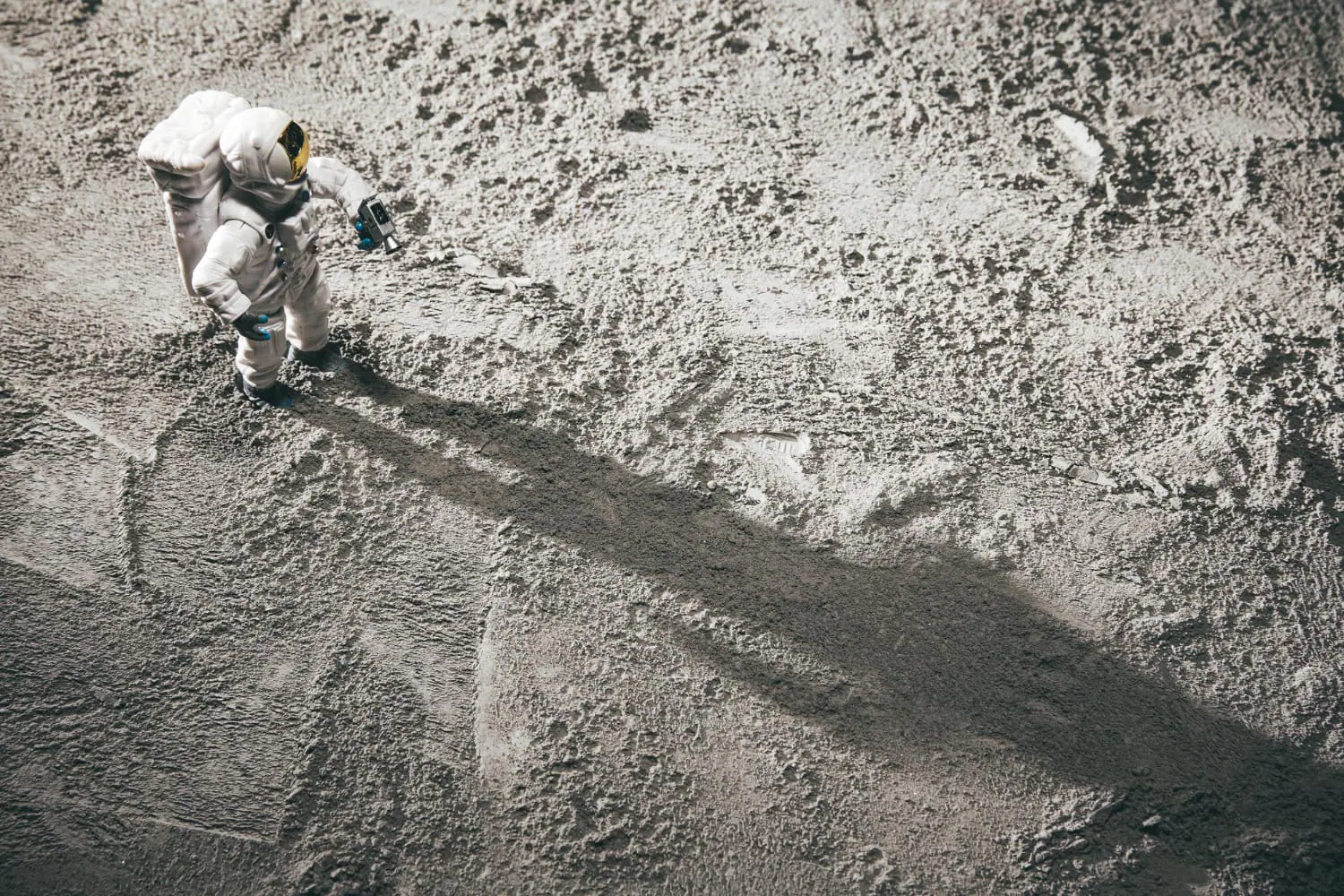NASA begins a new series of tests for the RS-25 engine: a step forward for the Artemis missions
introduction
On October 17, NASA began the first burn of a new test series of the RS-25 engine, marking the start of the final certification phase before production of a new set of engines for the SLS (Space Launch System) rocket. These engines will be key to powering future Artemis missions to the Moon and beyond.
RS-25 engine test
Test details
The RS-25 engine was run for more than nine minutes (550 seconds), longer than the 500 seconds needed during a real mission, in Fred Haise testing at NASA’s Stennis Space Center, near Bay St. Louis, Mississippi. The engine was also boosted to 111% of the power level required during the SLS launch. This ignition marks the first of a series of 12 tests scheduled until 2024.
Objectives of the Test Series
The test series will collect performance data on several key new engine components, including the nozzle, hydraulic actuators, flexible ducts and turbopumps, and these components are consistent with the design characteristics of those used during initial certification of the test series completed at the Mississippi site in June. Aerojet Rocketdyne, the leading company behind the SLS engines, is using advanced manufacturing techniques, such as 3D printing, to reduce the cost and time needed to build new engines. Four RS-25 engines help power the SLS at launch, including on Artemis missions to the Moon.
The role of SLS and the Artemis program
Space Launch System (SLS)
The Space Launch System (SLS) is NASA’s advanced launch system, designed to carry core astronauts and payloads on the agency’s deep exploration missions, including missions to the Moon and Mars. As the backbone of NASA’s Artemis program, SLS is designed to evolve into different configurations to meet a variety of mission needs, making it the most powerful rocket ever built.
Artemis program
NASA’s Artemis program is a groundbreaking initiative aimed at returning humans to the Moon and laying the foundation for future manned missions to Mars. Following in the footsteps of the Apollo missions, Artemis seeks to establish sustainable lunar exploration by 2024 and plans to land the first woman and the next man on the lunar south pole.
Through the program, NASA plans to create a strategic partnership with commercial and international partners, thus enriching global space exploration efforts. In addition, the program is designed to utilize the Gateway lunar rover for several manned missions and to use the Moon as a testing field to prepare for the challenges of Mars missions.

“Internet trailblazer. Travelaholic. Passionate social media evangelist. Tv advocate.”







More Stories
See what the speed of light looks like on Earth – the video is amazing
Franco Di Mare is with him during his illness. His “women”: his daughter Stella, whom he adopted in Kosovo, his sisters, and his partner, Julia. “I was running alone”
Listen to the haunting sound of space thunder recorded on Venus in 1982